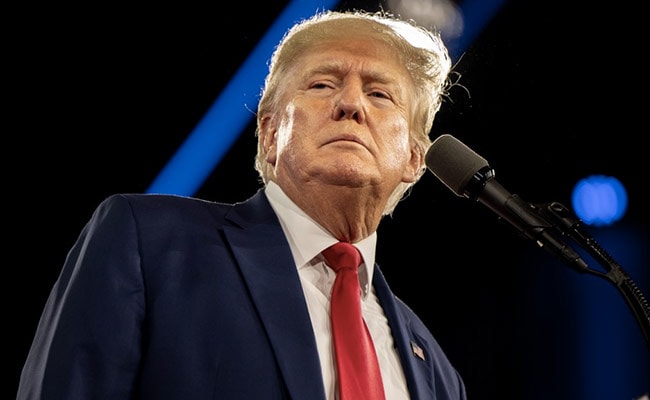The full impact of Donald Trump’s decisive presidential victory is still being analyzed. Beyond the executive and legislative initiatives the Trump/Vance administration will pursue, and the global ramifications for the United States’ allies and adversaries, a key area of influence lies with the judiciary. The president appoints federal judges, subject to Senate confirmation—and for at least the next two years, the Senate will remain firmly under Republican control, with the filibuster no longer applying to judicial confirmations, thanks to Harry Reid’s past rule change.
This power extends to the Supreme Court, where Trump already appointed three justices in his first term. President Biden appointed one justice, but will now have no further opportunities to shape the court. Currently, two conservative justices, Samuel Alito (74) and Clarence Thomas (76), are likely candidates for retirement within the next two years. If either steps down, it would allow President Trump to appoint another originalist justice, potentially giving him a majority influence on the court—a shift that could have profound implications for years to come.
Republicans are prepared to further consolidate their judicial transformation under Trump, with the possibility of securing additional conservative Supreme Court seats. After already appointing three justices who were instrumental in sending abortion legislation back to the states, Trump could deepen his influence by appointing two more.
It’s essential to clarify that the court did not “overturn abortion rights”; it returned the issue to state governments to decide, as the Constitution requires. Despite misinformation, this approach reflects Trump’s broader judicial philosophy, which emphasized reshaping the federal judiciary during his first term, where he appointed 234 federal judges in collaboration with Senate Republicans.
With a projected Senate majority of at least 52 seats after flipping seats in West Virginia, Montana, and Ohio, Republicans now have the necessary power to confirm judicial appointments by a simple majority vote. Among possible Supreme Court retirements, Justice Alito, 74, is seen as the most likely to step down. “I imagine that Justice Alito will want to get the hell out of D.C. as quickly as possible,” remarked Mike Davis, former chief counsel for Senate GOP nominations and head of the conservative Article 3 Project. Both Alito and Thomas could retire soon, and Trump would likely replace them with young originalists who could remain on the court for decades.
Following Tuesday’s historic victory, President-elect Trump has already begun taking calls from world leaders and forming his team, suggesting a clear readiness to move forward. The judiciary, however, could be the most enduring piece of Trump’s legacy. While the next four years will pass quickly, success in his second term—marked by economic growth and global stability—may pave the way for President-elect JD Vance to carry on the torch. Yet, the Trump team should approach its goals with a four-year timeline in mind, maximizing every opportunity to shape the judiciary.
Securing a Constitutional originalist Supreme Court for a generation would be a monumental achievement. Let’s hope Trump’s team can seize this chance to create a lasting legacy.
 Telegram is where we really talk. Don't miss out!
Telegram is where we really talk. Don't miss out!









